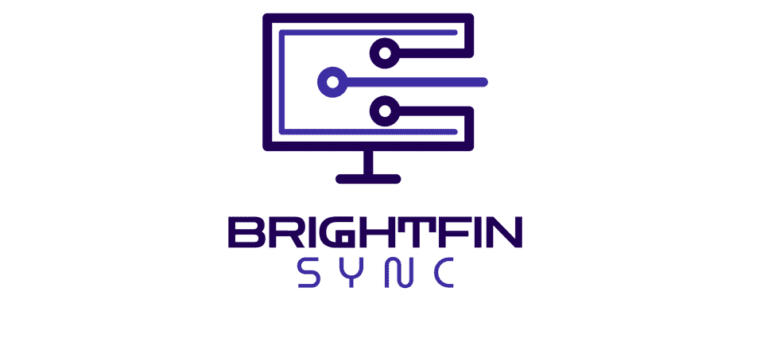The digital workplace is a hot topic these days, and it’s easy to see why. The benefits of connecting employees, partners and customers digitally are undeniable: reduced operational costs, increased productivity and efficiency, and happier employees who don’t have to waste time trying to find the right person in order to get the job done. But what does the future hold for this trend? How will IT leaders keep up with changing technology so that their companies don’t fall behind?
A digital workplace is one that uses technology to enhance the way employees work, communicate and collaborate. It can include tools like video conferencing, virtual reality (VR) and augmented reality (AR), mobile devices, social media platforms and more. IT leaders need to understand how these technologies will affect their business in order to plan for them effectively.
Employees also need to be prepared for these changes so they can take advantage of them when they arrive at work–and beyond! If you’re not sure what a digital workplace looks like or where it’s headed next year or beyond, here are some trends you should keep an eye on:
Digital Workplace Trends
Remote work – The number of remote workers is increasing, and this trend is likely to continue. Many companies have already made the switch from an office-based workforce, which means employees can work from home or any other location that suits them best.
BYOD (bring your own device) – Employees bring their own devices into the workplace, whether it’s a phone or laptop computer or tablet. This allows them to access company data and resources wherever they are–at home or at work–as long as they have access to the internet. It also saves companies money because they don’t need new equipment for each employee who wants one; instead, they can just buy one device per employee (and update it every few years) and let everyone else bring in whatever hardware works best for them personally!
Cloud computing – Cloud computing refers to storing your files online rather than on your hard drive at home/workplace/etcetera; as long as there’s an internet connection available somewhere nearby then everything should work fine! Cloud services may include things like Office 365 for business users who want access their documents remotely but don’t want all these extra features included with Office 365 Pro Plus plans like Teams Chat Rooms etcetera…
Predictions for 2023
- The role of CIOs will change as they become chief innovation officers (CIO). CIOs are already evolving their roles from being responsible only for technology infrastructure and operations into leaders who drive innovation across the business through new digital capabilities such as artificial intelligence (AI), blockchain technology, machine learning and data analytics platforms like Tableau Software’s IQ solution suite which allows users to visualize data in real-time so they can make better decisions faster
- Artificial intelligence (AI) and automation are poised to revolutionize the digital workplace, with the potential to automate routine tasks, streamline workflows, and improve decision-making. IT leaders should be aware of the potential benefits of AI and automation, but also the potential risks and challenges, such as job displacement and data privacy concerns.
- The digital transformation of businesses has been underway for years, but it shows no signs of slowing down. As more and more companies embrace digital technologies, IT leaders will need to keep up with the latest tools and solutions to stay competitive.
- As companies focus more on employee engagement and satisfaction, the concept of the “employee experience” is becoming increasingly important. IT leaders must consider how technology can support a positive employee experience, such as by providing seamless and intuitive digital tools and platforms.
- As businesses become more dependent on digital technologies, cybersecurity will remain a critical concern for IT leaders. The rise of remote work, the use of cloud-based applications, and the increasing sophistication of cyber threats all underscore the importance of investing in robust cybersecurity measures.
Be ready for change in the coming years.
Change is an inevitable part of doing business, and as technology continues to advance at a breakneck pace, it’s more important than ever to be ready for the changes that lie ahead. While change can be difficult and disruptive, it can also present new opportunities for growth and innovation.
One of the keys to preparing for change is to embrace a mindset of flexibility and adaptability. Instead of resisting change, be open to new ideas and willing to experiment with new technologies and approaches. This can involve everything from investing in new software and tools to restructuring your organization to better support digital transformation.
Another important factor is to stay up-to-date with the latest developments and trends in your industry. Attend conferences, read industry publications, and connect with other professionals in your field to stay on top of the latest news and insights. By doing so, you’ll be better equipped to identify emerging trends and technologies and position your organization for success.
Finally, it’s important to prioritize ongoing learning and development. Encourage your employees to pursue training and certifications, and invest in professional development opportunities for yourself and your team. This can help ensure that your organization has the skills and knowledge needed to succeed in a rapidly changing digital landscape.






